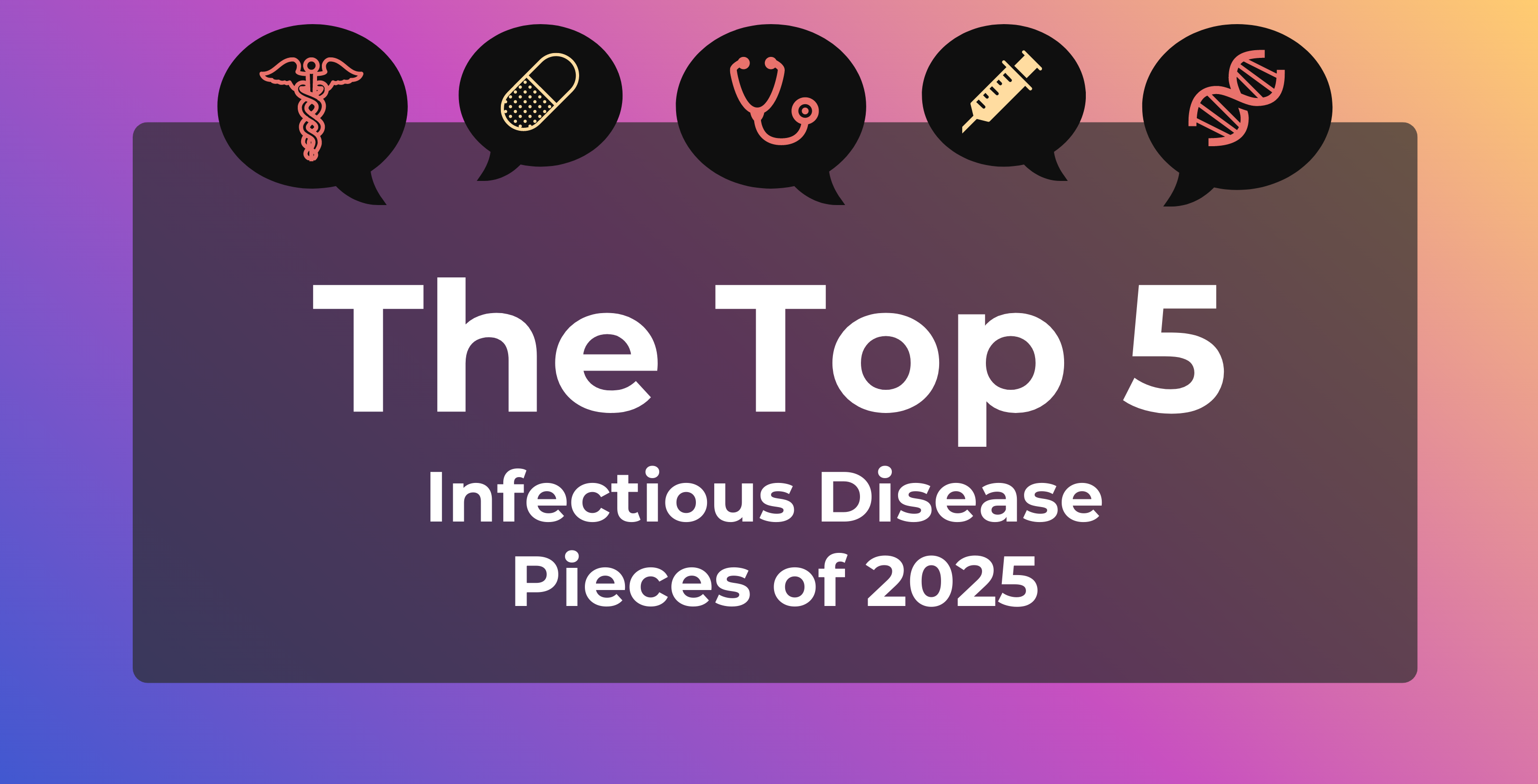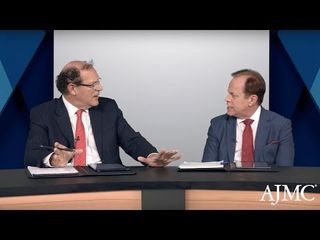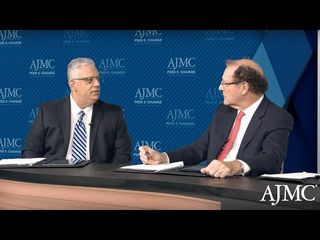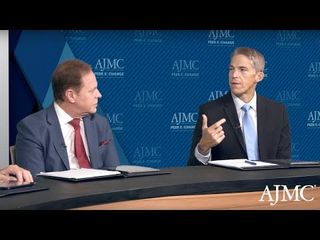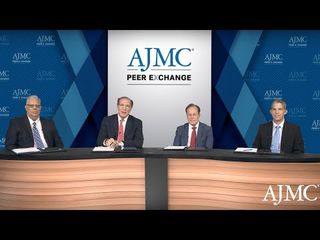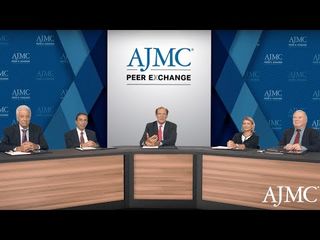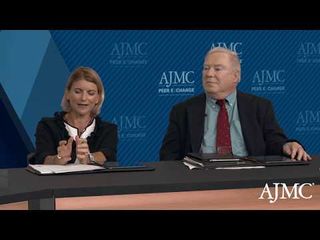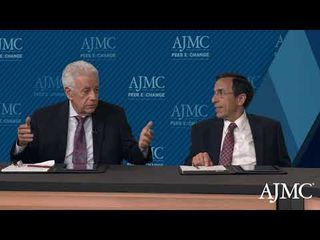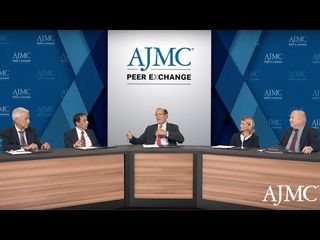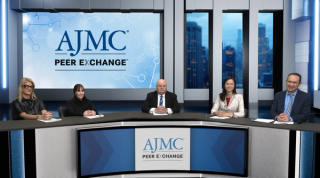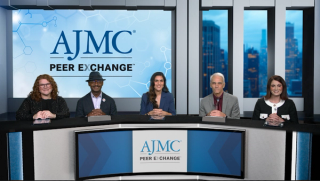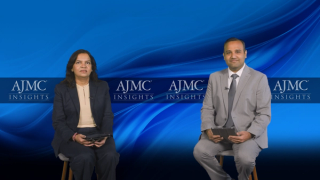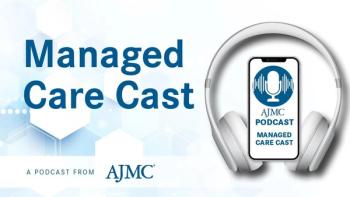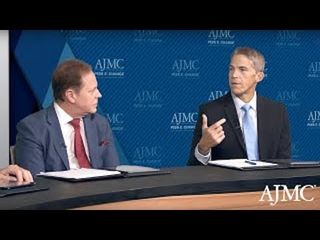
Clinical
Latest News
Video Series

Latest Videos
Shorts





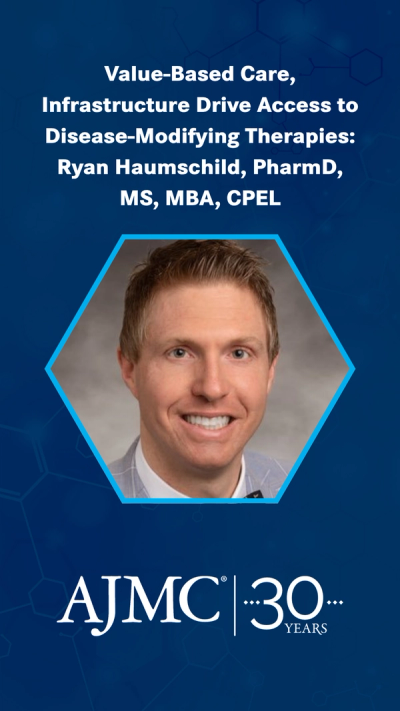
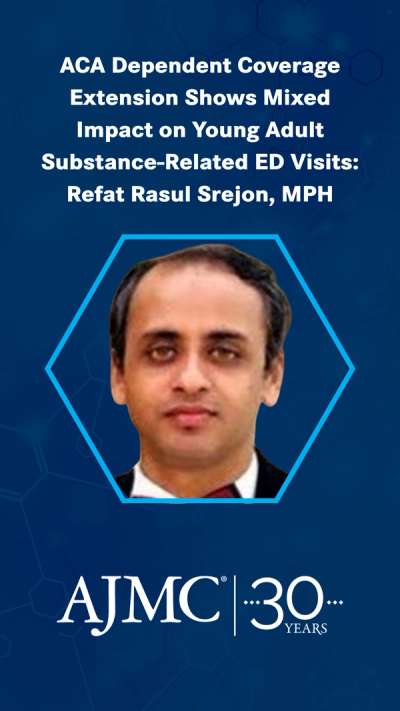
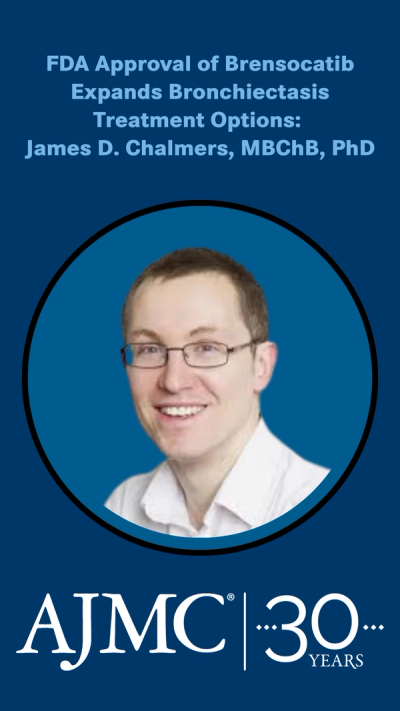
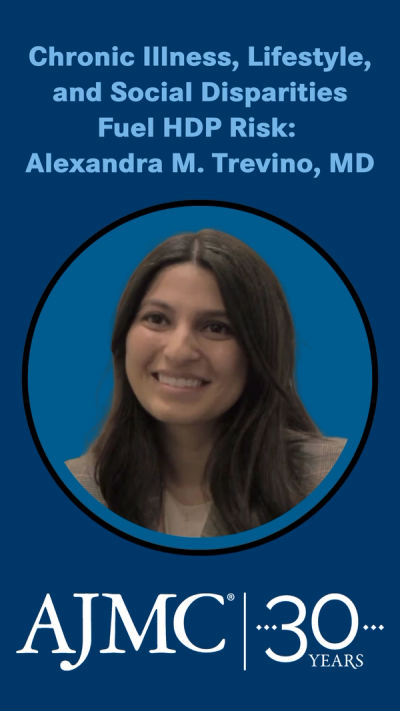
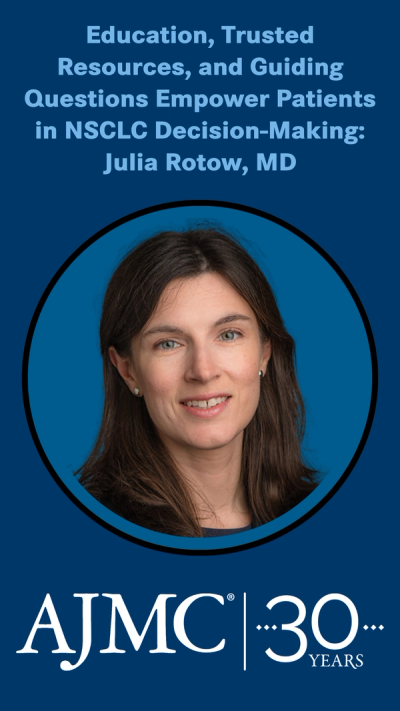
Podcasts
CME Content
More News

The FDA approved subcutaneous amivantamab with recombinant human hyaluronidase for EGFR-mutated NSCLC based on the phase 3 PALOMA-3 trial.

A study using Mendelian randomization found higher BMI and IBD have causal links to hidradenitis suppurativa risk.

A novel phase 1 trial explores the safety and efficacy of targeted radiotherapy for leptomeningeal metastases in breast cancer patients.

Marco del Riccio, MD, explains that the Flunomics report helped to identify gaps in US vaccine coverage and influenza surveillance during the 2024-2025 season.

Sustained long-term safety data for tildrakizumab strengthens the positioning of IL-23 inhibitors as a preferred choice, especially for patients with comorbidities or a history of infection, and suggests their potential use in combination therapies for psoriatic arthritis.

Zachary Contreras of Sharp Health Plan highlighted strategies discussed at AMCP Nexus for improving timely access to Monoclonal Migraine Receptor (MMR) therapy through updated coverage pathways, specialist input, and real-time benefit checks.

Experts discuss dose reduction strategies and emerging therapies for desmoid tumors, emphasizing patient monitoring and quality of life improvements.

Zachary Contreras highlighted strategies discussed at AMCP Nexus for improving timely access to monoclonal migraine receptor (MMR) therapy through updated coverage pathways, specialist input, and real-time benefit checks.

Experts discuss dose reduction strategies and emerging therapies for desmoid tumors, emphasizing patient monitoring and quality of life improvements.

Today, the FDA issued new guidance allowing de-identified real-world evidence in certain medical device applications, removing a barrier to using large data sources.

The FDA approved trastuzumab deruxtecan plus pertuzumab for first-line HER2-positive metastatic breast cancer after DESTINY-Breast09 showed major PFS gains.

Phase 1 data presented by Andrew Brenner, MD, PhD, showed RNL-186 improved survival, reduced symptoms, and demonstrated strong safety in patients with leptomeningeal metastases.

COVID-19 vaccination during pregnancy lowers hospitalization and preterm birth risks, providing key guidance for maternal care strategies.

Our top breast cancer stories in 2025 covered FDA approvals, new and failed therapies, screening gaps, and policy factors shaping treatment access and outcomes.

Linvoseltamab shows promise as a first-line therapy for multiple myeloma, offering high response rates and a simplified treatment approach.

AHA 2025 highlights included new guidelines and targeted approaches advancing heart failure and cardiovascular care.

Top articles in 2025 covered advancements in acute myeloid leukemia treatments, including allogeneic CAR T-cell therapy.
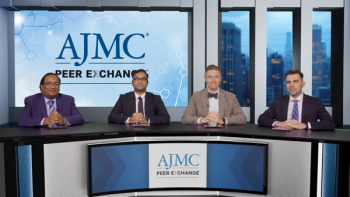
Ryan Haumschild, PharmD, MS, MBA, introduces the faculty and sets the agenda to explore disease background, novel therapies, and operational considerations in relapsed/refractory multiple myeloma.
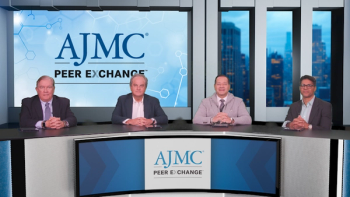
Panelists discuss how relapse intensifies clinical and economic burdens, reinforcing the need for adherence and prevention-focused care.
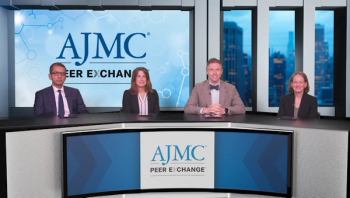
Panelists discuss how defining and tracking meaningful real-world outcomes ensures accountability and value in MASH management.

Ryan Haumschild, PharmD, MS, MBA, introduces the faculty and sets the agenda to explore disease background, novel therapies, and operational considerations in relapsed/refractory multiple myeloma.

Panelists discuss how early and sustained intervention can reshape schizophrenia’s chronic course and improve long-term quality of life.

Blinatumomab enhances survival in pediatric B-cell ALL, yet homecare challenges hinder its outpatient delivery.

Pediatric atopic dermatitis advances, ruxolitinib safety, IgE insights, and more at the Society for Pediatric Dermatology (SPD) 2025 meeting.

Eric H. Yang, MD, warns that lifetime cardiovascular risk for patients with breast cancer may exceed the general population as life expectancies grow, emphasizing the need for early intervention.

